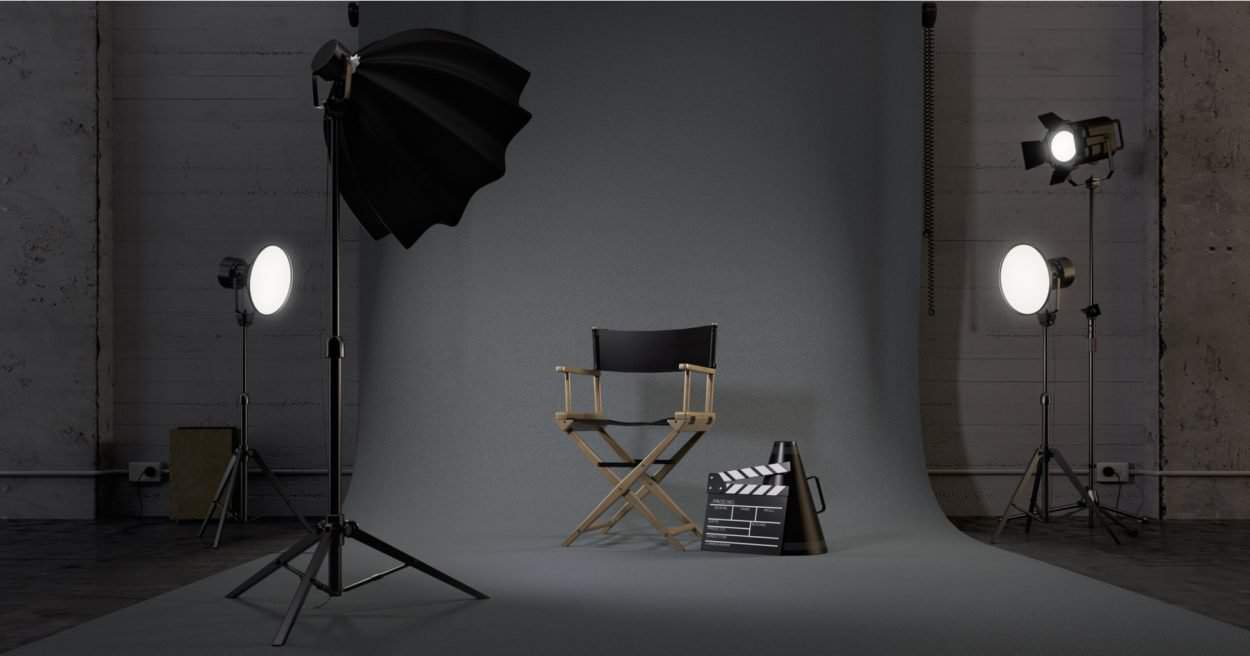First up – what is a Casting Director?
Similar to a Recruitment Manager, a Casting Director in the modelling industry is the person who makes the final decision on which models are chosen for a particular job. They oversee the casting process – which is comparable to auditions or interviews. Casting directors are responsible for selecting the most suitable models for a job, and they usually have bags of experience; what some people may find irrelevant in a model’s look, casting directors can have contrasting views and know what to look for in a model’s look, talent, personality and unique features.
Casting Directors usually work on behalf of a client – which could be a TV / film production company, or a brand paying for a commercial. Either way, it’s up to a casting director to make sure they have the best fit model for the assignment. And choosing the right model is something that casting directors have a specific knack for.
A burning question that models may be asking is: how do Casting Directors know what to look for? After all, models attend casting calls, so it’s only natural for them to want to know what makes casting directors tick, and which cogs are turning in their minds.
There are two main factors that determine how a Casting Director knows which models are the most suitable: the client and the current social climate. Let’s look at both in more detail…
1. The client.
Hitting a client’s brief is perhaps a modelling casting director’s most important role. This will depend on the assignment itself. For instance, if a client is looking for an extra in a TV show, the model (s) selected will be determined by the scene or episode which requires them. Reality is important, so, for example, if extras are required for scenes in a youth club, the extras will be younger models with a contemporary look.
A model’s talent can also be a decisive factor – e.g. strong singing skills coupled with impressive coordination are beneficial for music videos. A model’s look can single-handedly secure a positive reaction from a casting director, but in a lot of cases they’re after more than the perfect look.
2. The current social climate.
A lot of clients like to keep with the times. As trends constantly change, the opportunities for a wider range of models have never been greater. Models from all backgrounds are increasingly sought-after. Models with disabilities play essential roles in any number of assignments, from film extras to commercial models in brand marketing roles. There are fewer barriers than there were decades ago (and about time, too!), so clients react to a more tolerant, liberal social climate.
Casting directors are experts, and competition can be fierce. If you’re unsuccessful when you’re put forward to a casting director, be proud of making it that far, and be equally enthusiastic for your next chance. Persistence and the willingness to learn even more are qualities that serve all good models well.
Keep at it, and keep impressing the casting directors. Just because a model receives no feedback from a casting, it doesn’t mean they were way off the mark. Indeed, just a little tweak here and there is all it would have taken to secure the role a model was put forward for.
Next time, you could easily impress the casting director with your multitude of talents, which will open more doors into our brilliant industry! Never “throw in the towel” and have the confidence to get stronger with each audition!





